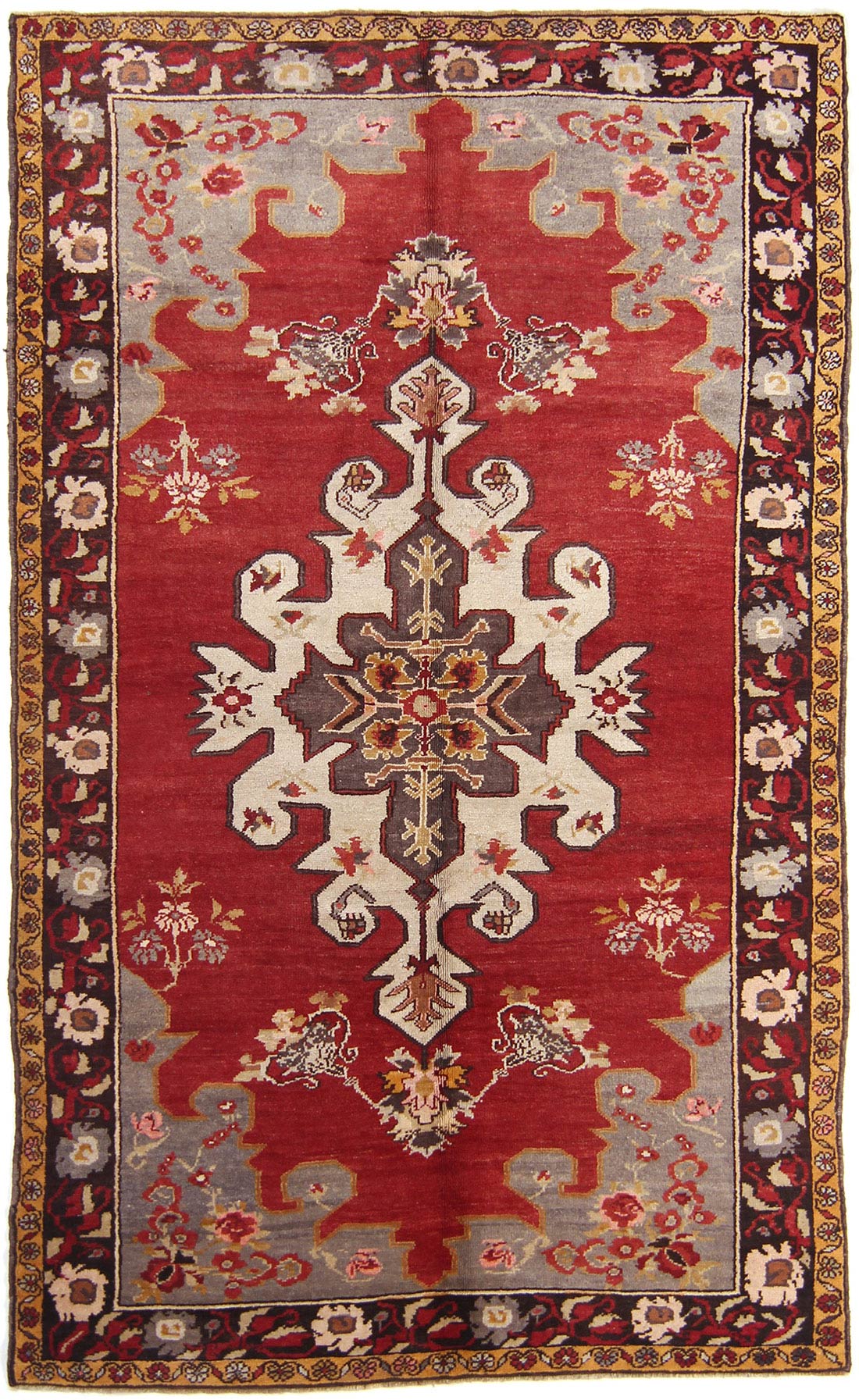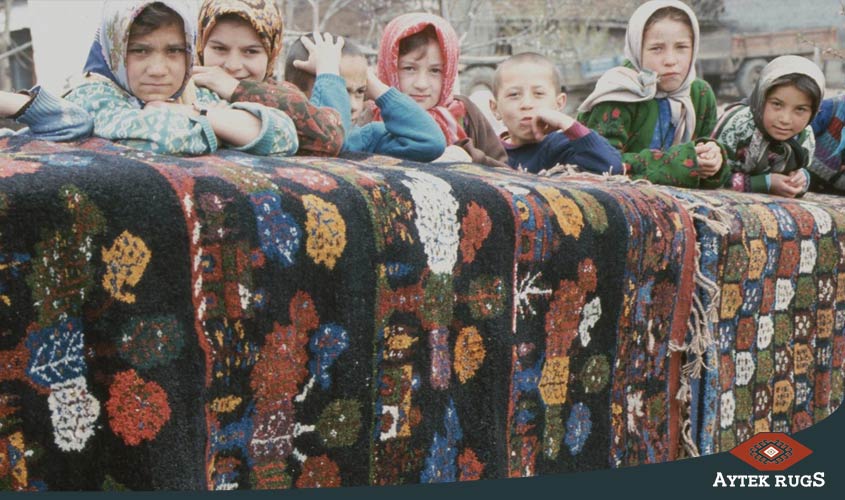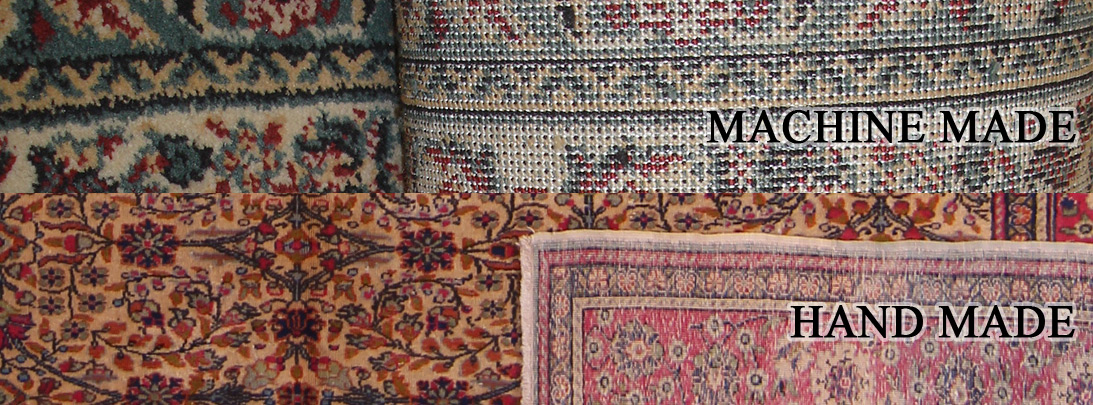Procurement Specialist
Procurement Specialist needed for Aytek Rugs in Paramus, NJ. Candidate to research and evaluate suppliers purchase highest quality merchandise, prepare purchase orders, solicit bid proposals and monitor shipments. Bachelor’s Degree in Business Administration or related field req. Must be able to read, write and speak in Turkish. Please send resume to A. Teker Aytek USA, […]
Procurement Specialist Read More »




